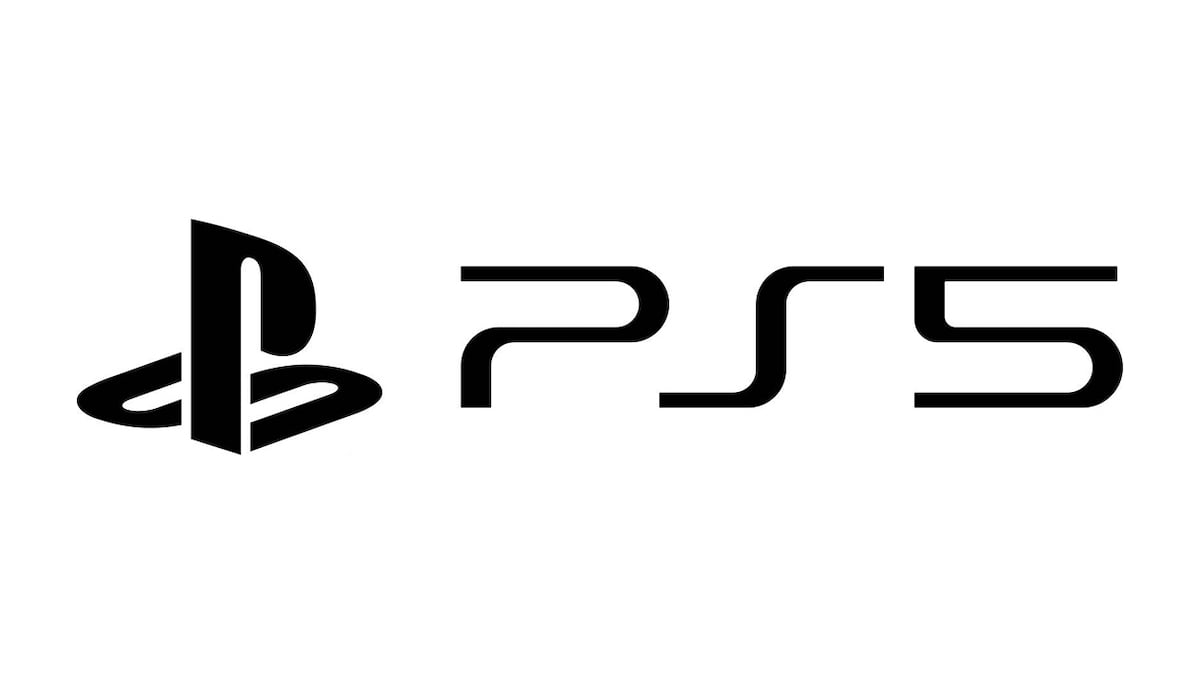Sony has revealed the specifications of their upcoming PlayStation 5, and it shows the generational leap that you may have been hoping for from the next generation of console hardware.
The CPU is, as expected, an AMD Zen 2, with 8 cores and 16 threads, capable of frequencies up to 3.5Ghz. The GPU features 36 CUs, running at frequences up to 2.23GHz, for a peak compute performance of 10.28 TFLOPS. This is close to 10 times the computing power of the GPU in the PlayStation 4.
One very interesting feature of the PlayStation 5 is how it manages both the CPU and the GPU. Sony is referring to this feature as “boost,” but it is not a boost to clock speeds in the traditional sense. The console contains an internal monitor that analyses the workloads on the CPU and GPU and will automatically adjust their frequencies to match the required workload for each.
Because each console will effectively be performing the same task, with the same equipment, under the same circumstances, it allows Sony to utilize variable clock speeds rather than have to push more power to maintain a clock speed which might not even be required at that moment. This should allow for a very stable cooling system, despite aiming for the smaller form factor of a console.
If the workload on the GPU is far greater than on the CPU, it will also automatically send more power to the GPU, allowing for greater performance from the unit when required. Basically, Sony is making an interesting bet for the next generation, that a set limit on potential power consumption, and a system that can adapt within those values, can provide better performance than if power draw and thermal issues are unknown factors, which has been the case for console gaming up until this point.
This does also mean that there will be potential downclocking for what Mark Cerny refers to as the “worst-case game”, that is the to say that game’s that stretch the capabilities of the console to the max. According to Cerny, the downclocking required to handle these situations would be minimal. The long term benefit is that the GPU can run at 2.23GHz, which is much higher than most people would have expected.
Eurogamer has posted the full specs of the system, which we have listed below.
| CPU | 8x Zen 2 Cores at 3.5GHz |
|---|---|
| GPU | 10.28 TFLOPs, 36 CUs at 2.23GHz |
| GPU Architecture | Custom RDNA 2 |
| Memory/Interface | 16GB GDDR6/256-bit |
| Memory Bandwidth | 448GB/s |
| Internal Storage | Custom 825GB SSD |
| IO Throughput | 5.5GB/s Raw, Typical 8-9GB/s Compressed |
| Expandable Storage | NVMe SSD Slot |
| External Storage | USB HDD Support |
| Optical Drive | 4K UHD Blu-ray Drive |
All in all, it seems that Sony is taking a different tactic to Microsoft for this generation. Rather than sheer raw power, it appears to be coming to market with an adaptable and agile system that developers will be able to use to run the game they wish to make, rather than make a game around the available hardware.







Published: Mar 18, 2020 11:26 am